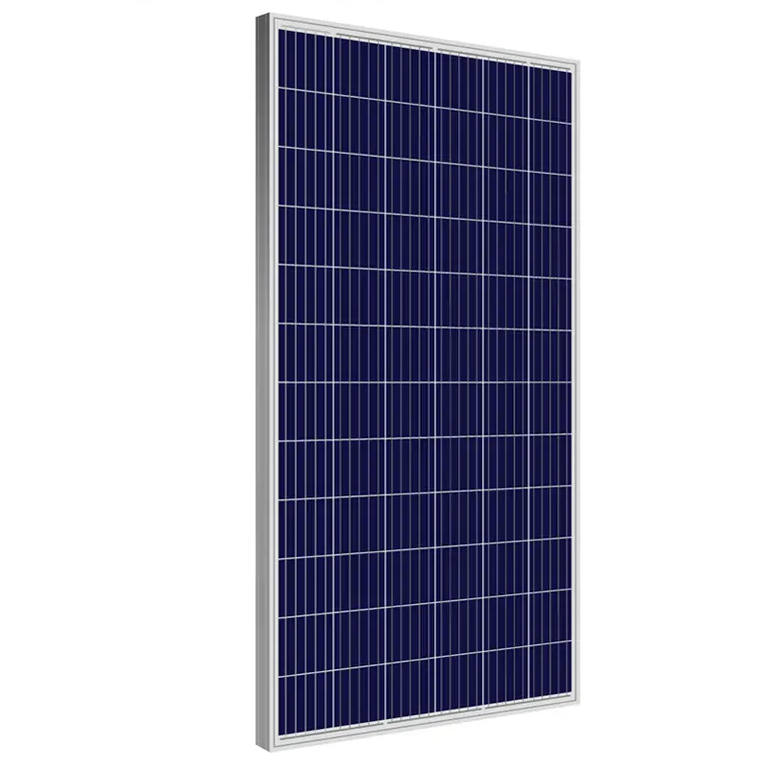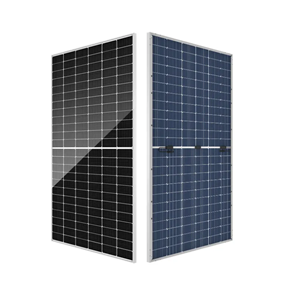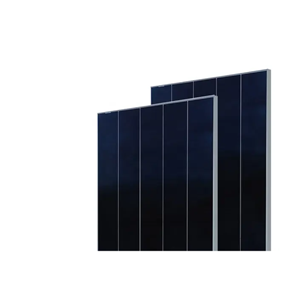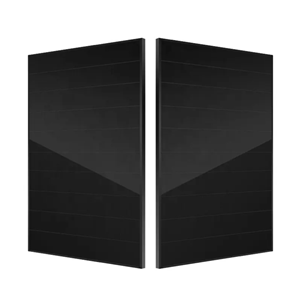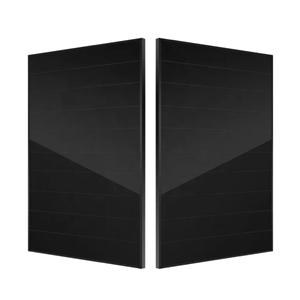Differences, Advantages Of Monosi And Polysi Solar Panels
Analysis of the differences, advantages and disadvantages of monocrystalline and polycrystalline solar panels
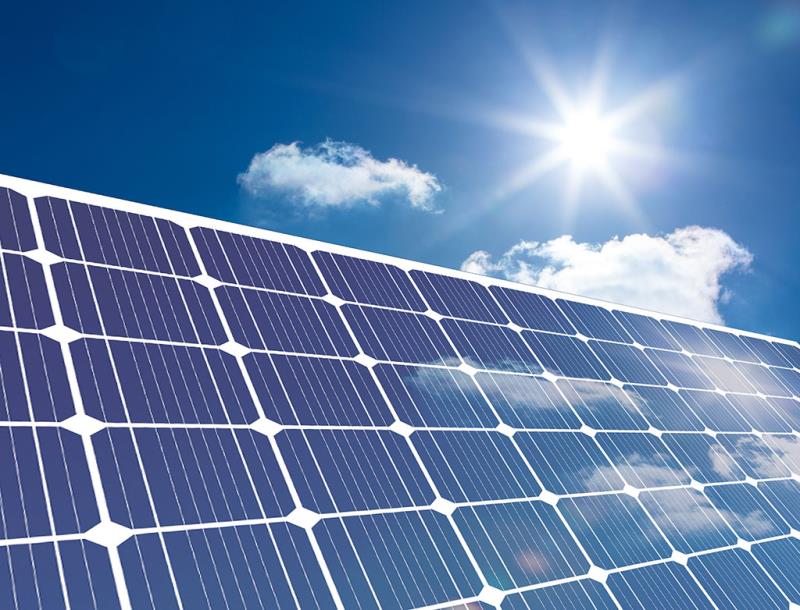
1. Monocrystalline solar panels
The photoelectric conversion efficiency of monocrystalline silicon solar cells is about 18%, with the highest reaching 24%. This is the highest photoelectric conversion efficiency among all types of solar cells, but the production cost is very high, because monocrystalline silicon generally uses tempered glass and is waterproof. Resin encapsulation makes it durable and has a service life of up to 25 years.Monocrystalline solar panels: no pattern, dark blue, almost black after encapsulation.
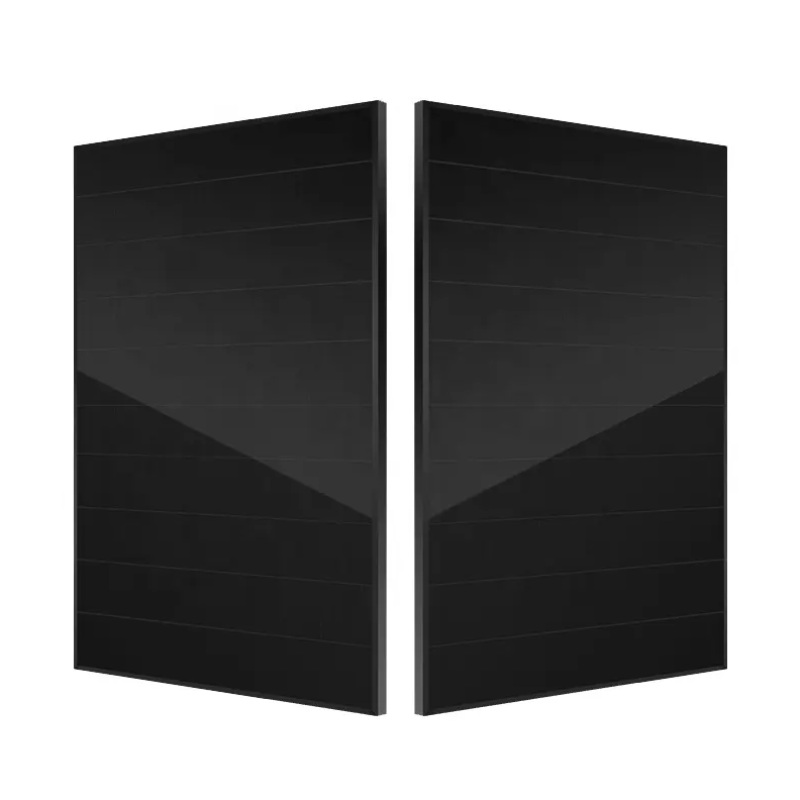
2. Polycrystalline solar panels
The manufacturing process of polycrystalline silicon solar cells is similar to that of monocrystalline silicon solar cells, but the photoelectric conversion efficiency of polycrystalline silicon solar cells is much lower, and its photoelectric conversion efficiency is about 16%. In terms of production cost, it is cheaper than monocrystalline silicon solar cells. The material is easy to manufacture, saves power consumption, and the overall production cost is low, so it has been widely developed. In terms of performance-price ratio, monocrystalline silicon solar cells are slightly better.Polycrystalline solar panels: There are patterns, polycrystalline colorful and polycrystalline less colorful, like the snowflake crystal pattern on the snowflake iron sheet, light blue.
